“A cinematographer is a visual psychiatrist–moving an audience through a movie […] making them think the way you want them to think, painting pictures in the dark,” said the late, great Gordon Willis. As we continue our year-end coverage, one aspect we must highlight is, indeed, cinematography. From talented newcomers to seasoned professionals, we’ve rounded up the examples that have most impressed us this year. Check out our rundown below.
About Endlessness (Gergely Pálos)

Working with close collaborator Gregory Palos, director Roy Andersson rids About Endlessness of any color contrast (there are almost no shadows too) to create a surreal but superficial uniformity implying the banality of everyday tasks. The film’s use of static one-shots over a series of vignettes paints life in a period of stasis. Andersson’s aesthetic choices give the film a sense of transcendence while uncovering the dark humor of everyday life while still looking gorgeous, lending a style unique to itself. – Erik N.
Annette (Caroline Champetier)

A perfect expression of its script, in that nearly every shot balances on the uneasy real-fake zone of Ron and Russell Mael’s insane concept. And if it’s hard to imagine Annette looking any way but how Leos Carax and Caroline Champetier have orchestrated, perhaps that’s because the film looks every way—its allusions range from cinema’s nascency (L’atalante) to its death (Netflix comedy specials), its expansions into musical theater and opera undergirding the constituent elements that bind them with film as an expressive medium. Did I forget the seamless transition from recording studio to nighttime street, tracking and zooms intermingling so neither suppresses the other? – Nick N.
Bergman Island (Denis Lenoir)
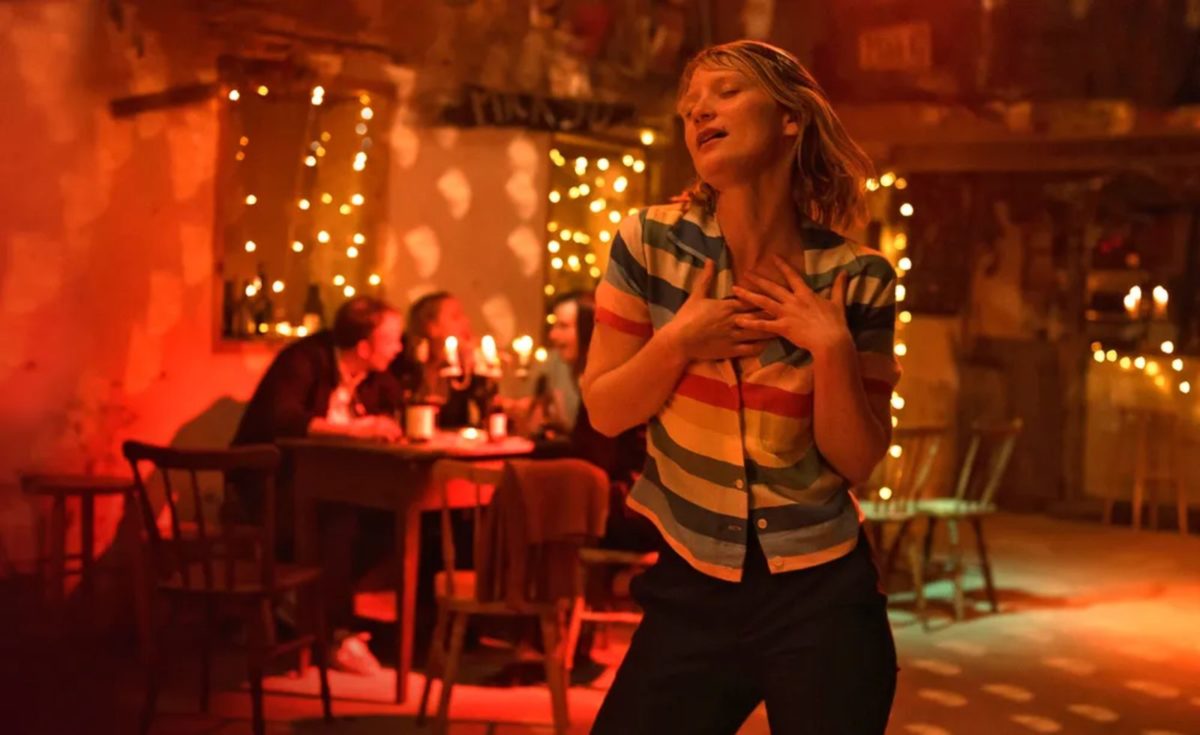
I didn’t take to Bergman Island enormously on the level of dramaturgy, story, or characterization, but the special eye of director Mia Hansen-Løve is very much evident in her English-language debut. What’s notable is that she and DP Denis Lenoir aren’t fussed with mimicking Bergman and his own legendary cinematographer Sven Nykvist: undoing any temptation towards expressionism and heavy shadows, their preference is a more matter-of-fact, natural image. Shot in looming Techniscope, Fårö becomes a neutral, demystified space––a better stage for Hansen-Løve’s slow-building narrative feints. – David K.
Days (Jhong Yuan Chang)
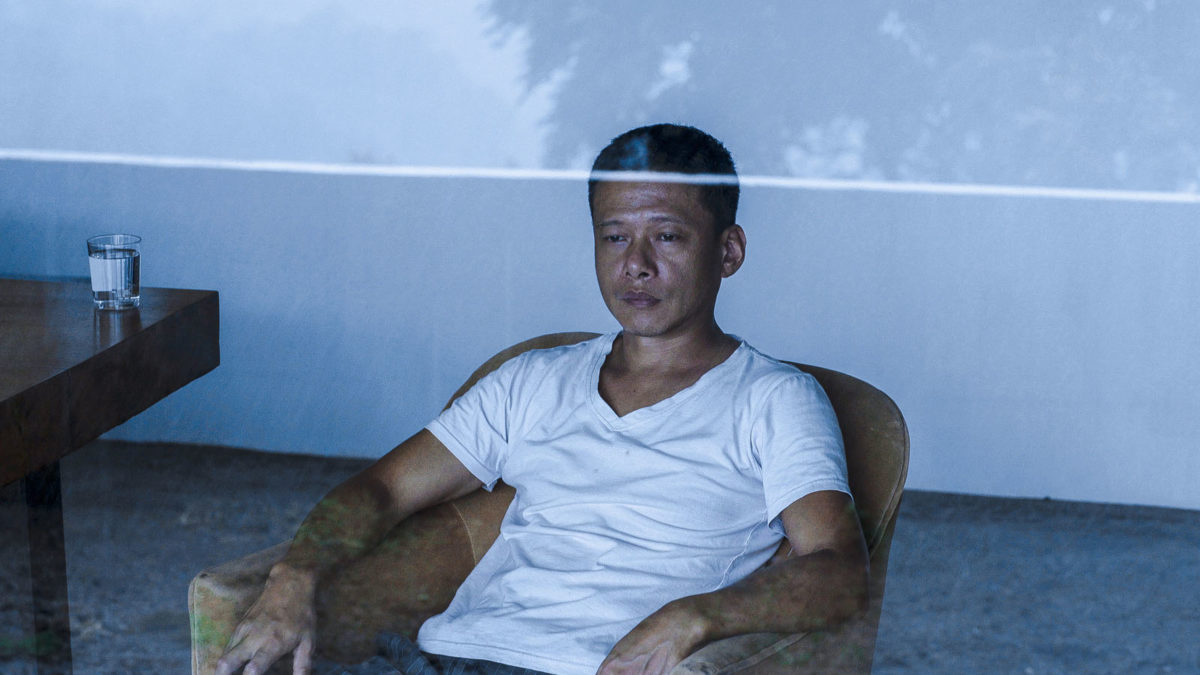
Try finding a single image in Days that isn’t perfectly calibrated between every last inch of the space and how far Tsai Ming-liang can push audience attention. The richness and complexity of his collaboration with Jhong Yuan Chang—who, for having also acted as editor, probably made the year’s great contribution to cinema—is twofold: appreciate every muscle shift and shade of light in Lee Kang-sheng’s face; and have fun spotting that one shot with a helicopter landing. – Nick N.
Dune (Greig Fraser)

For all the grandeur of big budgets the MCU has bought to the screen, they’ve left much to be desired with their bland, grey cinematography. In Dune, Denis Villeneuve and cinematographer Greg Fraser created a stupefying vision of the vastness of the desert planet Arrakis while creating a unique mix of digital and analog effects. With sweeping shots of spacecrafts floating into orbit, air-raids, and giant space-worms, the splendor, brutality, and mystery of a strange sci-fi future heralded by Frank Herbert came to life in an experience meant to be felt on the biggest screens. – Erik N.
Faya Dayi (Jessica Beshir)

Filmed over the course of a decade by Jessica Beshir––who was born in Ethiopia then fled from the political-fueled violence as a teenager, arriving in Mexico––whose deep-rooted connection to the land, people, and their way of life is felt in every carefully considered frame of Faya Dayi. One can imagine a lesser documentary on the khat trade would fill in details of the country’s political turmoil while finding a typically educational story arc through archival footage, talking-head interviews, and barrage of onscreen title cards. Refreshingly, there isn’t a frame of that here, as Beshir––miraculously serving as cinematographer––conjures a hazy, pensive tone through patient camerawork and mindful manipulations of time, slowing frames at precise moments to give the feeling of daydreaming or partaking in consuming the khat leaf. – Jordan R.
The French Dispatch (Robert Yeoman)

Anderson and frequent cinematographer Robert Yeoman outdo themselves by finding a new pursuit of beauty through black-and-white photography in The French Dispatch—while still creating a swift ride through a series of vignettes shot in Anderson’s typical, perfect geometrical compositions, shifting aspect ratios, and dollhouse aesthetics. The director manages to push his love of plush color palettes to new limits by seizing on every little detail that makes up the world of The French Dispatch while still finding new ways to wow his audience, like the animation chase sequence towards the end and the final love sequence between the two French revolutionaries in the second dispatch. Anderson’s films are always a feast for the eyes; his latest is a new pinnacle of maximalist detail. – Erik N.
The Inheritance (Ephraim Asili)
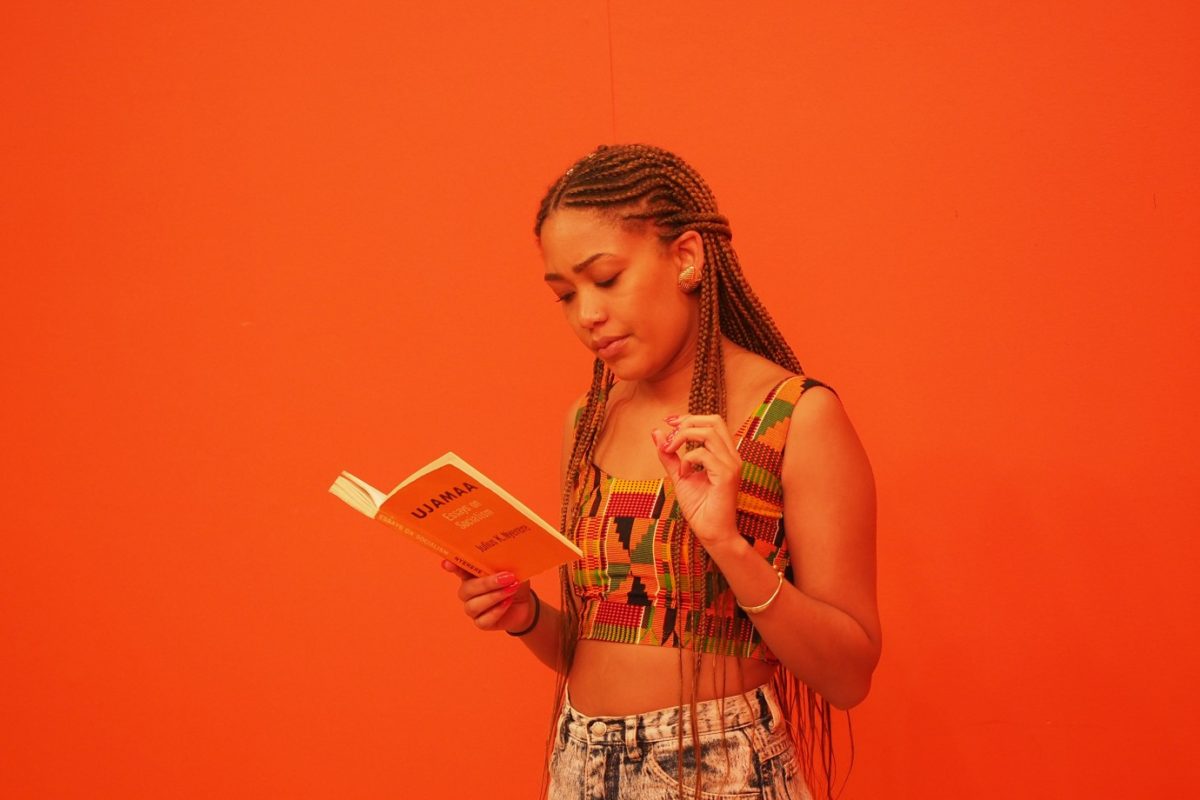
The camera is not only an observer of debate and interaction with the film’s Black Marxist Collective, but an active educator for the audience. Still shots of several important books stacked on top of each other with labels and authors clearly visible actively encourage pausing the frame and jotting them down. A poster for Jean-Luc Godard’s La Chinoise hangs in the background. A chalkboard has the name “John Africa” written in large letters. The focus on these elements all serve Ephraim Asili’s mission to embody Godard’s famous statement: “It’s not enough to make political films; you must make films politically.” – Soham G.
I Was a Simple Man (Eunsoo Cho)
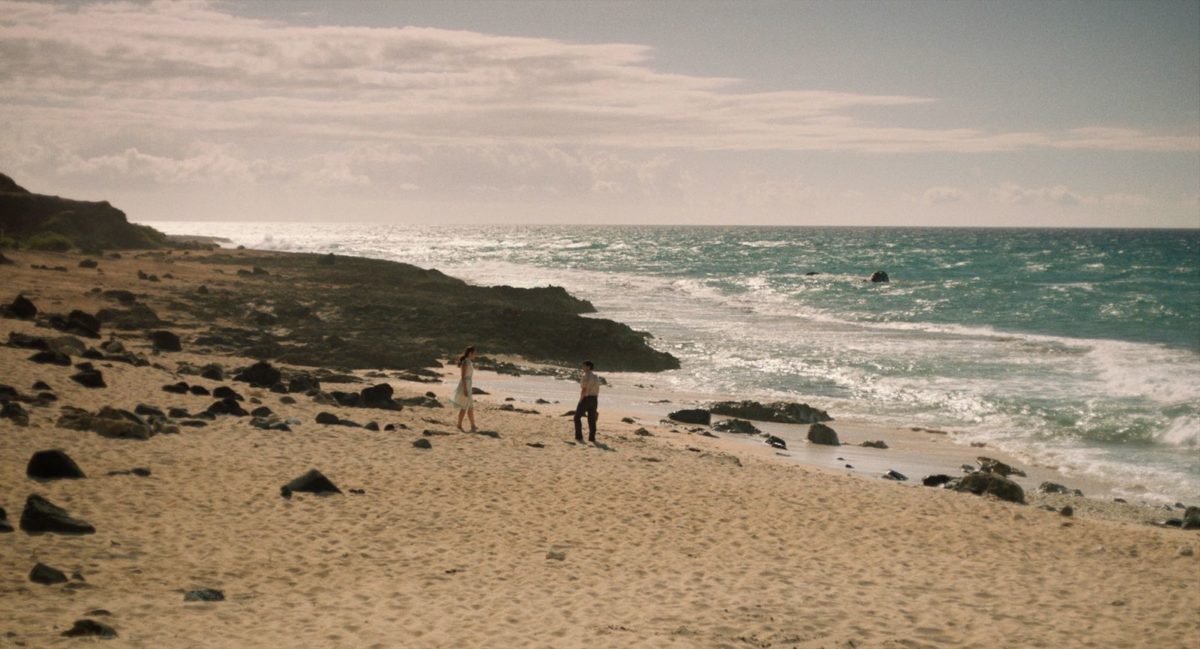
With his sublime sophomore effort, I Was a Simple Man, director Christopher Makoto Yogi sees Hawai’i not purely as tropical paradise, but a tranquil, sacred place with a spiritual identity constantly being threatened by cultural erasure and American imperialism. Oscillating between eerily pristine widescreen shots of Honolulu’s skyline and ghostly portraits of rural life, the film’s haunting cinematography echoes this tension through competing textures and hues. Still, Yogi’s quietly radical aesthetic manages to capture the soulful humanity of a tormented individual feverishly slipping from one world to the next. – Glenn H.
Labyrinth of Cinema (Sanbongi Hisaki)

Every eye-popping frame of Nobuhiko Obayashi’s anti-war epic Labyrinth of Cinema is suffused with deftly striking imagery, evoking a tradition of Japanese cinematic history while also looking far into the future. This distinct, difficult balance could only be achieved through the creative partnership of Obayashi and his long-time collaborator Hisaki Sanbongi. These two creative figures have crafted one of the most visually spectacular films of 2021, and a poignant finale for the career of the maverick filmmaker. – Margaret R.
Licorice Pizza (Michael Bauman and Paul Thomas Anderson)

Paul Thomas Anderson has slowly been growing his cinematography skillset. Sharing the credit sheet with Michael Bauman for Licorice Pizza, the two create a look of sun-kissed nostalgia while still finding a palpable darkness around the edges. Floating through Anderson’s home city, the San Fernando Valley, the camera captures the haze and beauty of self-discovery through its two wayward leads as they sprint through every astounding Anderson tracking shot, eventually finding each other. – Erik N.
The Lost Daughter (Hélène Louvart)
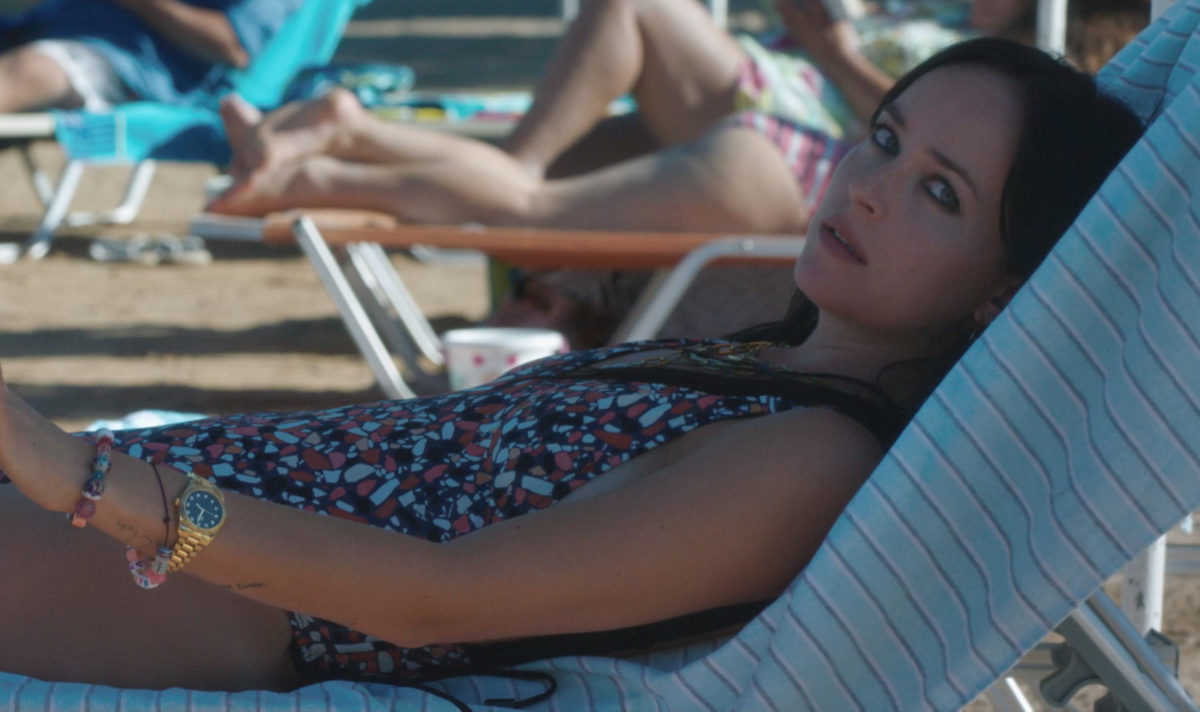
French cinematographer Hélène Louvart frames Maggie Gyllenhaal’s directorial debut with a searing intimacy. Known for working with auteurs like Wim Wenders, Agnès Varda, and her recent collaborations with Eliza Hittman, Louvart uses a certain closeness when shooting The Lost Daughter—each moment feels like an invasion of privacy. There’s a wrongness in watching the deterioration of a mother’s relationship to her daughters, her husband, and then her obsessions decades later. Louvart captures a mood of confidentiality, permeating Maggie Gyllenhaal’s first film with the tension of a thriller but the look of a beachside drama. – Michael F.
The Matrix: Resurrections (Daniele Massaccesi and John Toll)
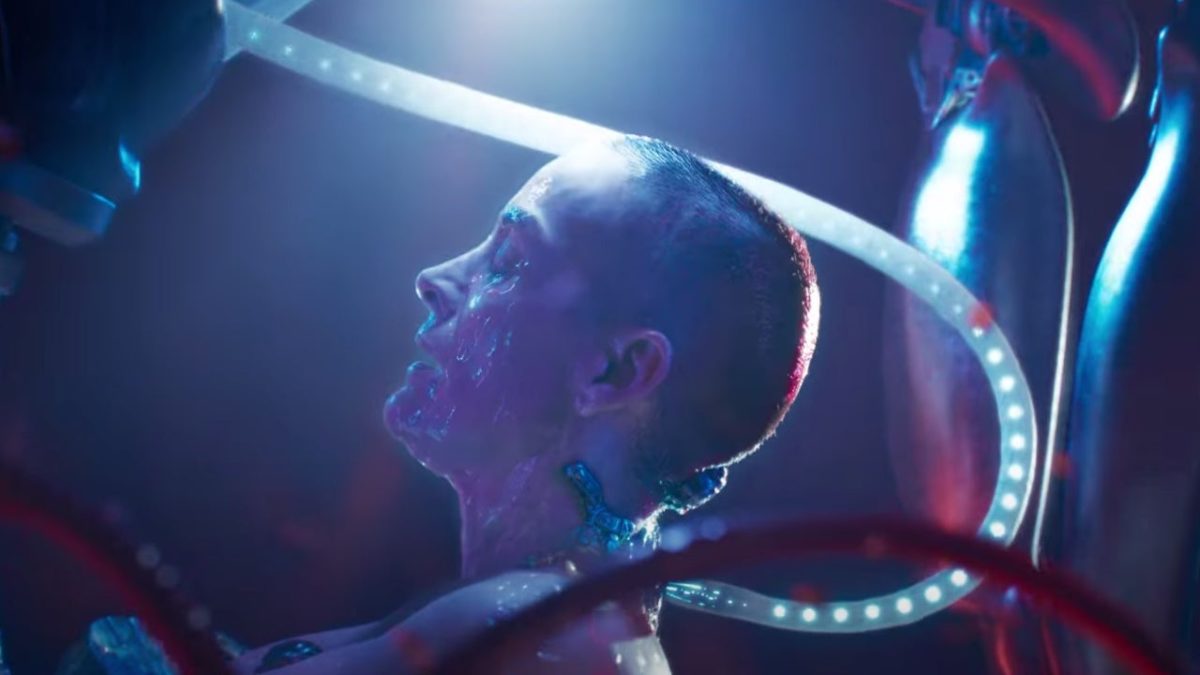
The script’s guffaw-inducing reminders of what we’re watching find friction against Wachowski and her DPs’—John Toll participated in the first part of shooting until replaced by operator Daniele Massaccesi—great pains to ensure you Resurrections is not another Matrix sequel. The iconic green tint, filmic grain, and hard-lined compositions are truly things of the past, or another reality altogether. Clips from all three films—here treated as footage from Thomas Anderson’s video games—abound, each a callback and distance: return to the present tense and there’s no missing Wachowski’s wish to shirk a palette readily identifiable to anyone older than 25. Though retaining a 2.38 aspect ratio, Resurrections continues from the final seconds of Revolutions and casts its eye into the modern world: faster-cut, unmoored from dollies and tracks, and if its golden-hour beauty evokes something this series never strove for, question it—ask yourself why the omnipotent machine intelligence might try ensuring all’s lit à la antidepressant commercials. – Nick N.
Memoria (Sayombhu Mukdeeprom)
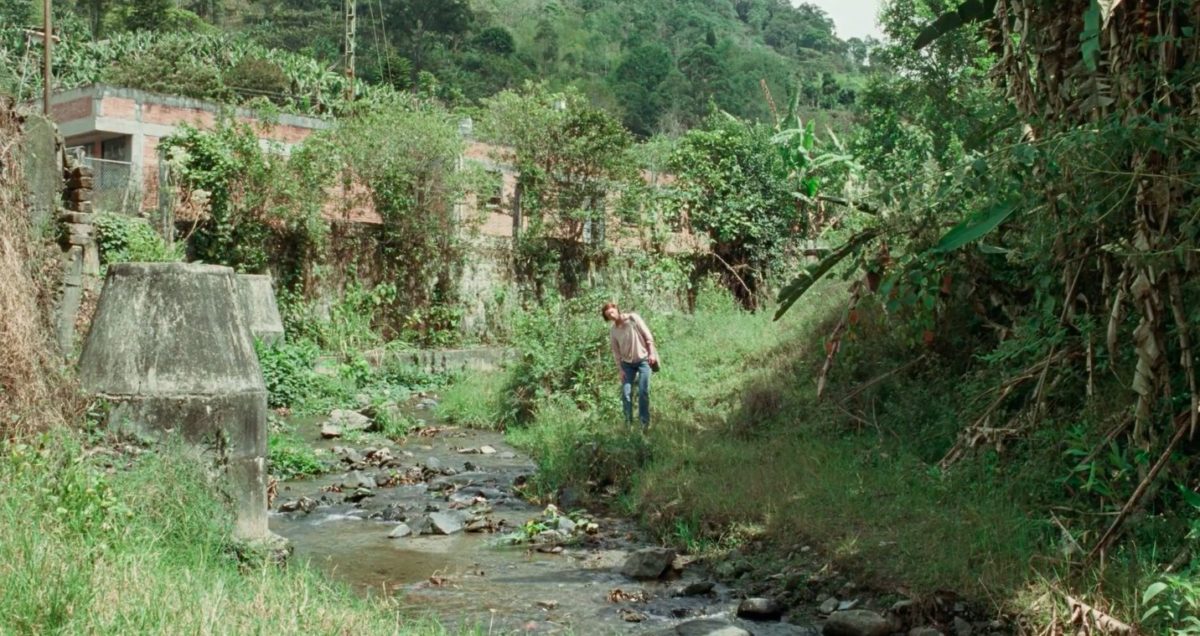
Shooting for the first time outside of his native Thailand, director Apichatpong Weerasethakul approached the aesthetic of Memoria with an alienation that reflects the main character Jessica (Tilda Swinton), a Scottish woman living in Colombia. Cinematographer Sayombhu Mukdeeprom often places the camera at a distance from Jessica, allowing the open frame to take in the environment surrounding her—the architecture, the nature, the lives of other folks passing by. We, like Jessica, are perpetual observers, absorbing all of the information on the screen. With the addition of Weerasethakul’s patented long takes, Memoria‘s shooting style allows us to fully become Jessica—to live in her very specific world. – Mitchell B.
No Sudden Move (Peter Andrews aka Steven Soderbergh)
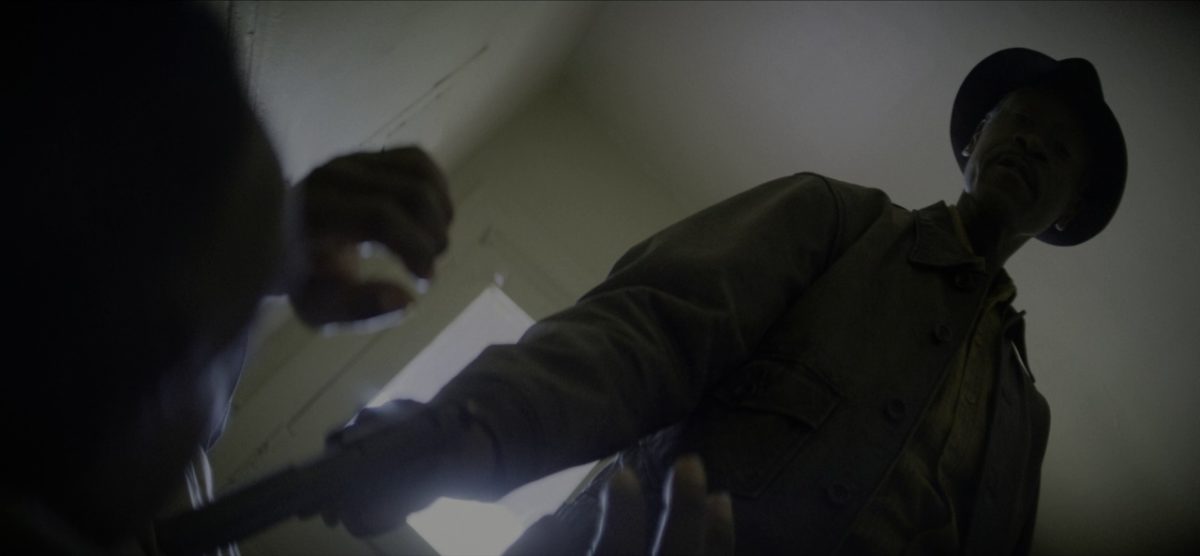
Nearly every Soderbergh film this century has been an experiment. Whether it’s shooting on iPhones or having his actors improvise throughout, the director manages to find a new, innovative way to create and share his art. With No Sudden Move, Peter Andrews (aka Soderbergh) shot the entire film on anamorphic lenses, widening the frame to distort the outer edges while utilizing old film stocks. The result is a hazy, muted ride through an old-school noir plot of double-crosses and hidden motivations––a look that is the perfect marriage of aesthetics and ideas. – Erik N.
Passing (Eduard Grau)
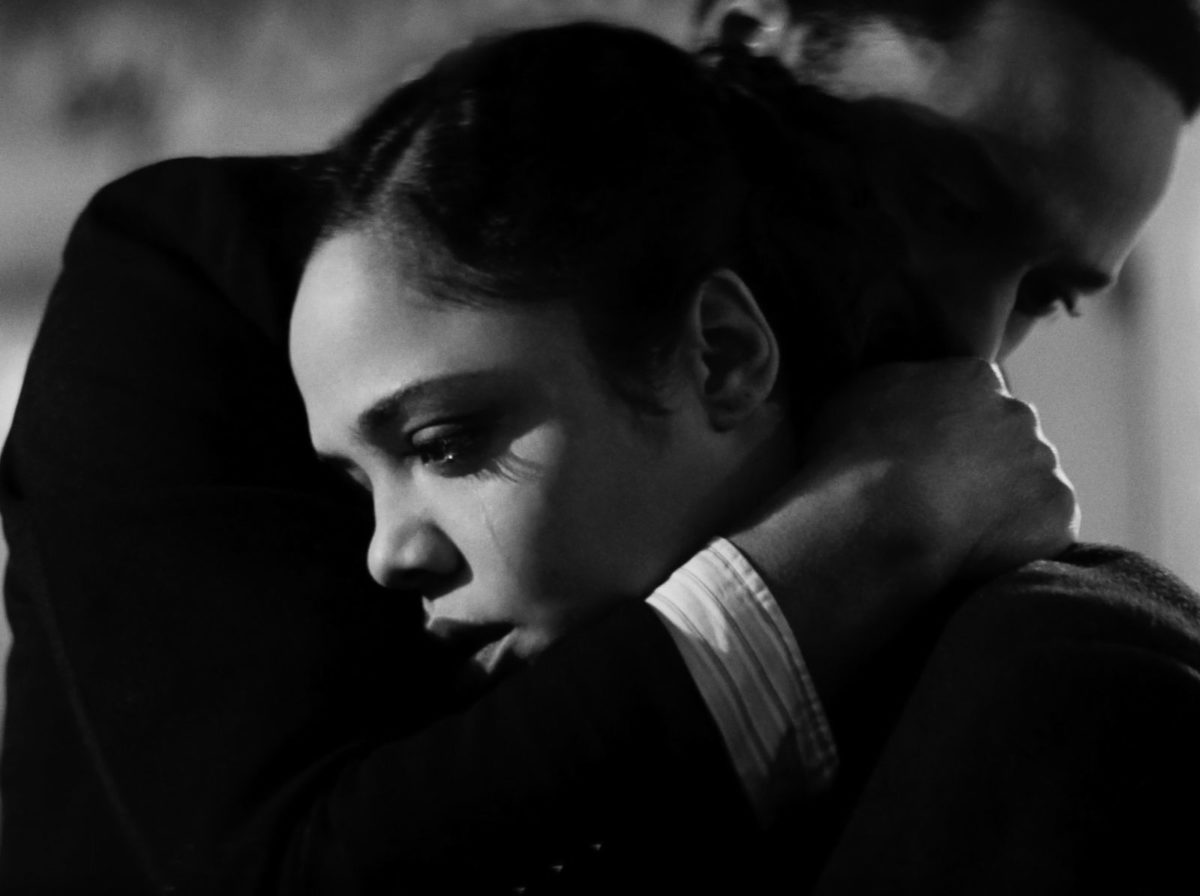
Rebecca Hall’s Passing thankfully doesn’t fall into the pitfalls of many digitally shot black-and-white films, beautifully incorporating waves of sunlight and stark shadows in equal measure. Cinematographer Eduard Grau ensures that each location is distinctly lit, from the open, welcoming light of the hotel cafe where protagonists reunite to the fractured, bleak rays of sun in the hotel room where conflict begins. However, the film’s biggest strength is how it shoots close-ups, with the perfect photography of Ruth Negga and Tessa Thompson’s faces being critical to the work’s success. – Logan K.
The Power of the Dog (Ari Wegner)
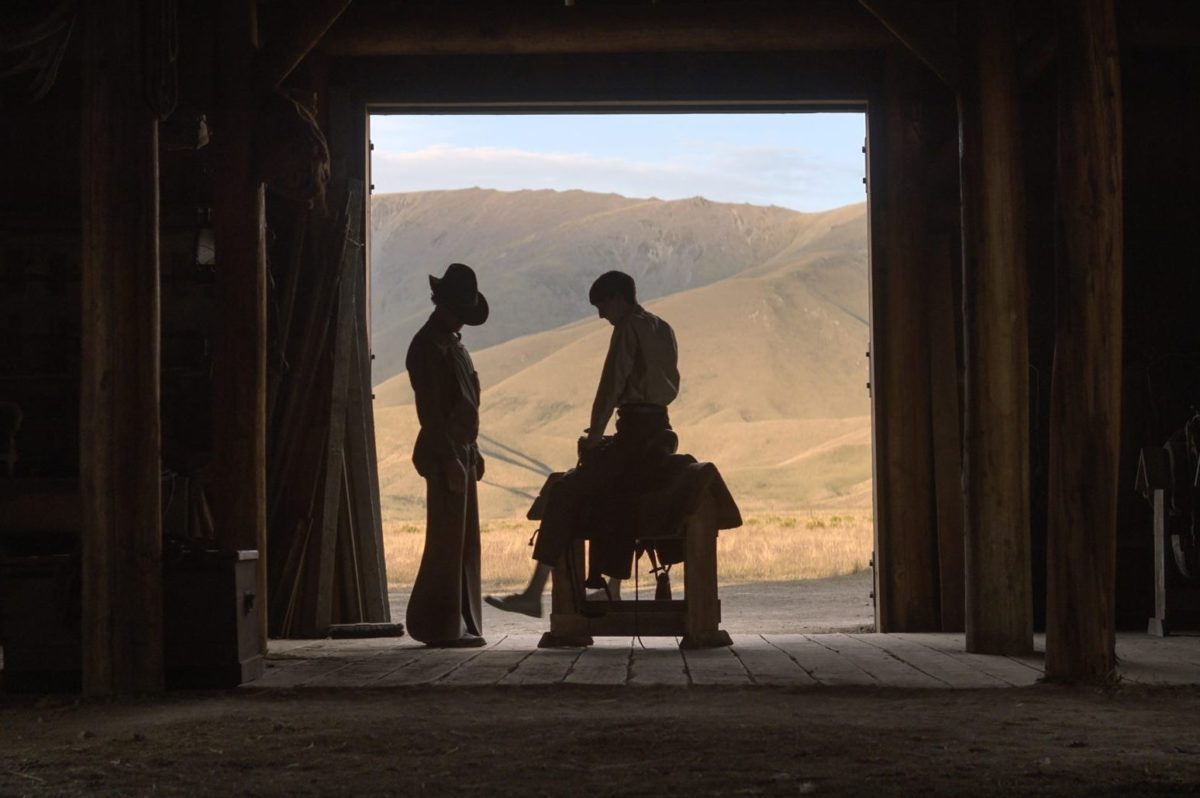
One of the most indelible images in Jane Campion’s The Power of the Dog comes during its introduction. Tipping his cowboy hat to John Ford, cinematographer Ari Wegner peers his camera lens through an open kitchen window and captures his protagonist, Phil Burbank (Benedict Cumberbatch), walking beneath the bright sun and imposing mountains that surround his Montana cattle ranch. It’s a layered and loaded shot—framed with a distinct foreground, middleground, and background—that establishes the overwhelming aesthetic blueprint for this dusty western. In Campion’s story, somebody is always lurking, which makes her breathtaking, aerial vistas magically appear expansive and claustrophobic at the same time. – Jake K.
Red Rocket (Drew Daniels)
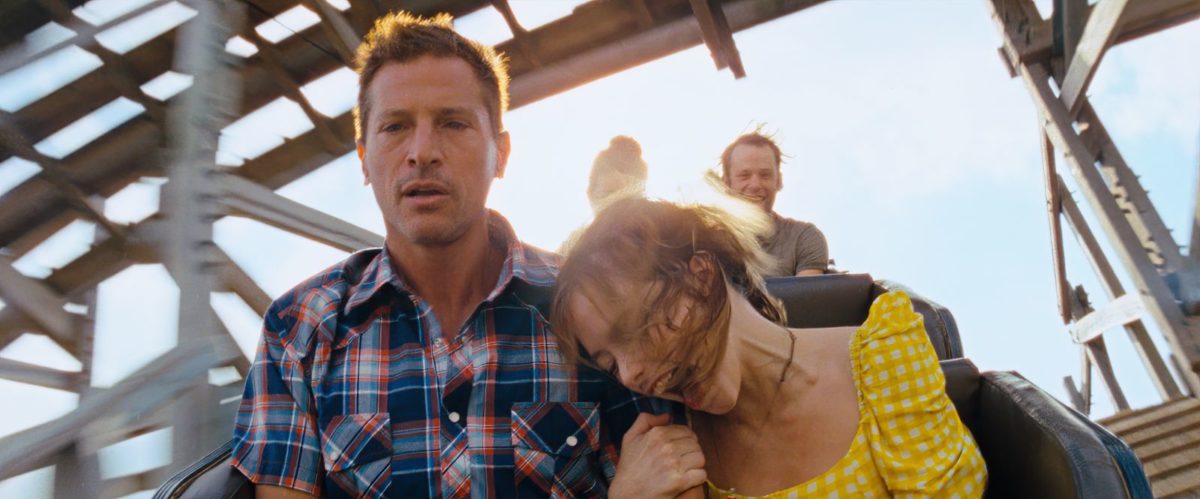
One of Red Rocket’s secret weapons is another alliterative name: cinematographer Drew Daniels, previously known for his work with Trey Edward Shults and now a first-time collaborator of Sean Baker. Even though their shot preferences tend to be wides featuring chasms of negative space, shooting on Super 16 still brings out a strongly immersive quality, its shimmering film grain transforming the backgrounds of their compositions into peachy swirls of color. It’s a great spin on Texas’s fabled “big-ness,” with the oil refineries in many exterior shots dwarfing “suitcase pimp” Mikey (Simon Rex) and his mark Strawberry’s (Suzanna Son) not-so-romantic strolls. – David K.
Siberia (Stefano Falivene)

Siberia is a film about crushing, inescapable darkness, yet gains so much of its poignant terror from the way cinematographer Stefano Falivene uses the sunlight. From blindingly white snows to dazzling sunlit paradises, Falivene and director Abel Ferrara constantly flirt with the beauty of the natural world before dragging audiences back to unnavigable caves and black skies. The conflict between the world’s beauty and man’s ugliness is the core tenet of the film, something that would be impossible to achieve without the cinematography capturing both in striking fidelity. – Logan K.
The Souvenir Part II (David Raedeker)
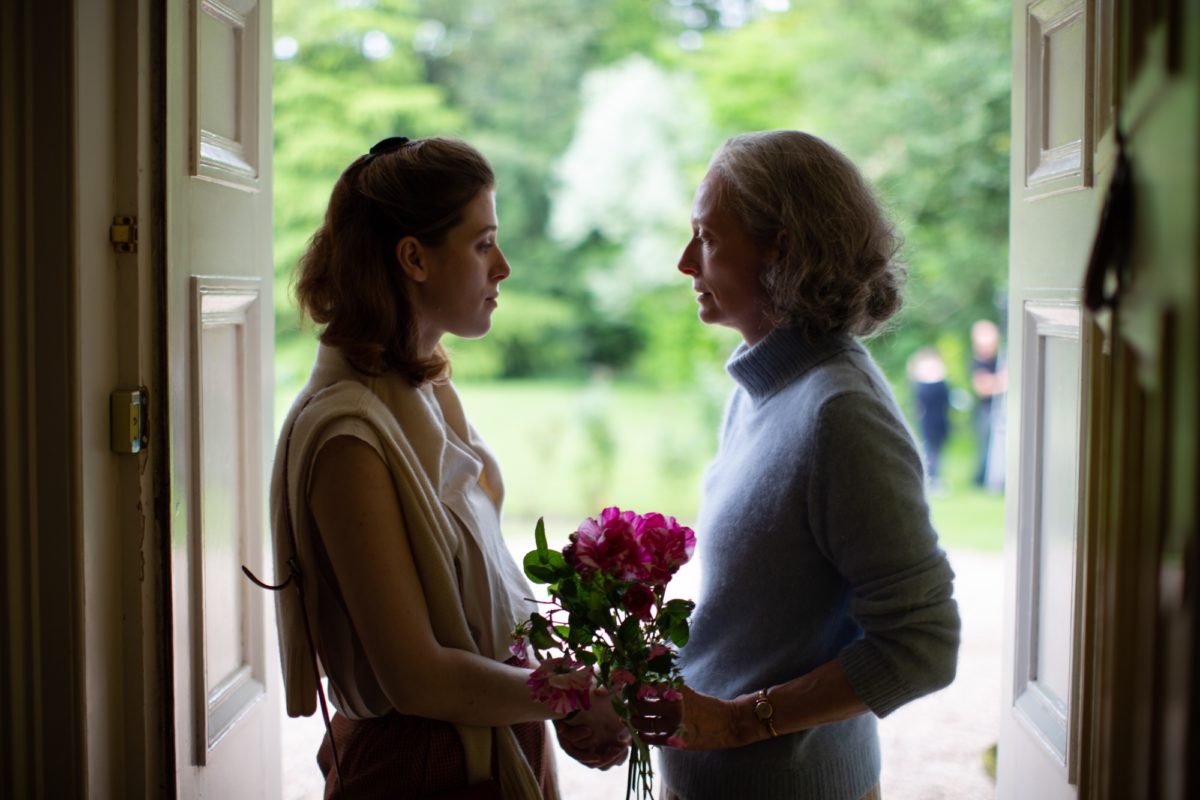
Film school can be a cold and competitive place, so it’s fitting that The Souvenir Part II strips these “educational” spaces of any warmth or color. Anytime young auteur Julie (Honor Swinton Byrne) leaves the frigid confines of university life to return home, Joanna Hogg’s slyly meta sequel favors the faded pastels and texture deeply reminiscent of aged ’80s color film stock. But cinematographer David Raedeker’s approach becomes truly unique during Julie’s surreal reimagining of her tragic relationship with the now-deceased Anthony (Tom Burke), slipping between videotape grain and impressionistic contrast to stunningly capture the malleable slipperiness of memory. – Glenn H.
This Is Not a Burial, It’s a Resurrection (Pierre de Villiers)
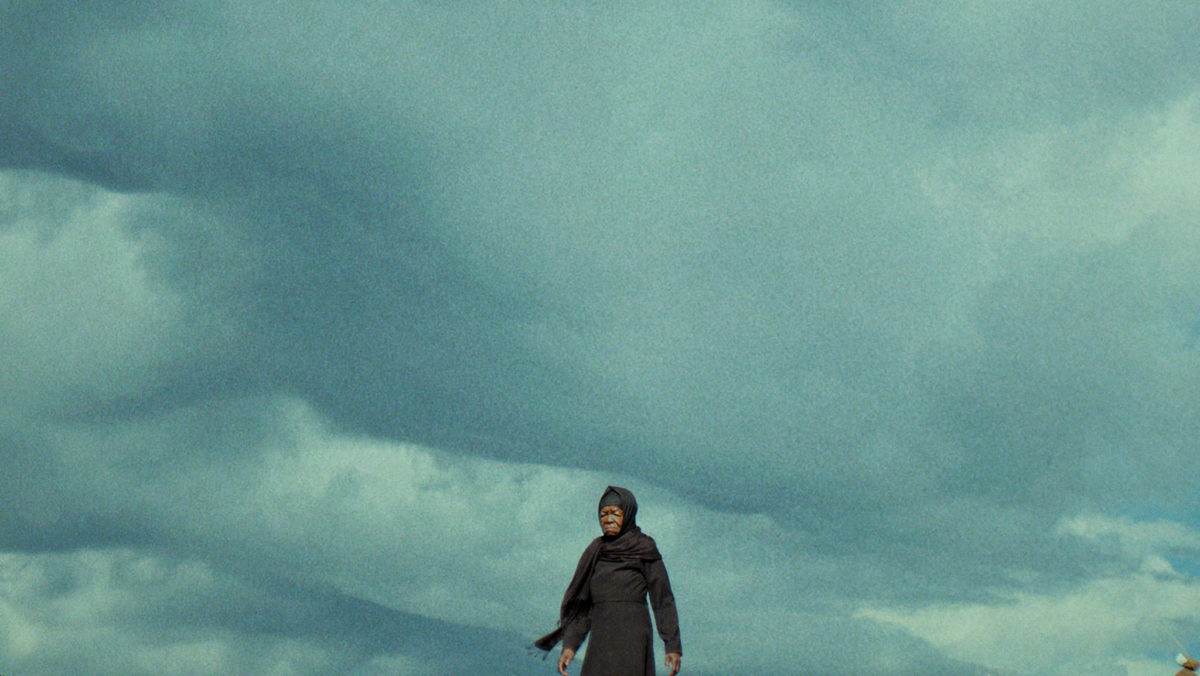
In yet another year of debate over digital and film, let director Lemohang Jeremiah Mosese and DP Pierre de Villiers guide you to digital’s awe-striking capabilities. With stark colors and framing that embodies an archival element, the approach makes this tale of history and legacy that much more spiritual. Presented as a tragic tale, This is Not a Burial offers a piercing glance through its compact 4:3 window into the last days of a sacred land. A 21st-century technology powerful enough in the right hands to pay respects to what once was. – Soham G.
The Tragedy of Macbeth (Bruno Delbonnel)
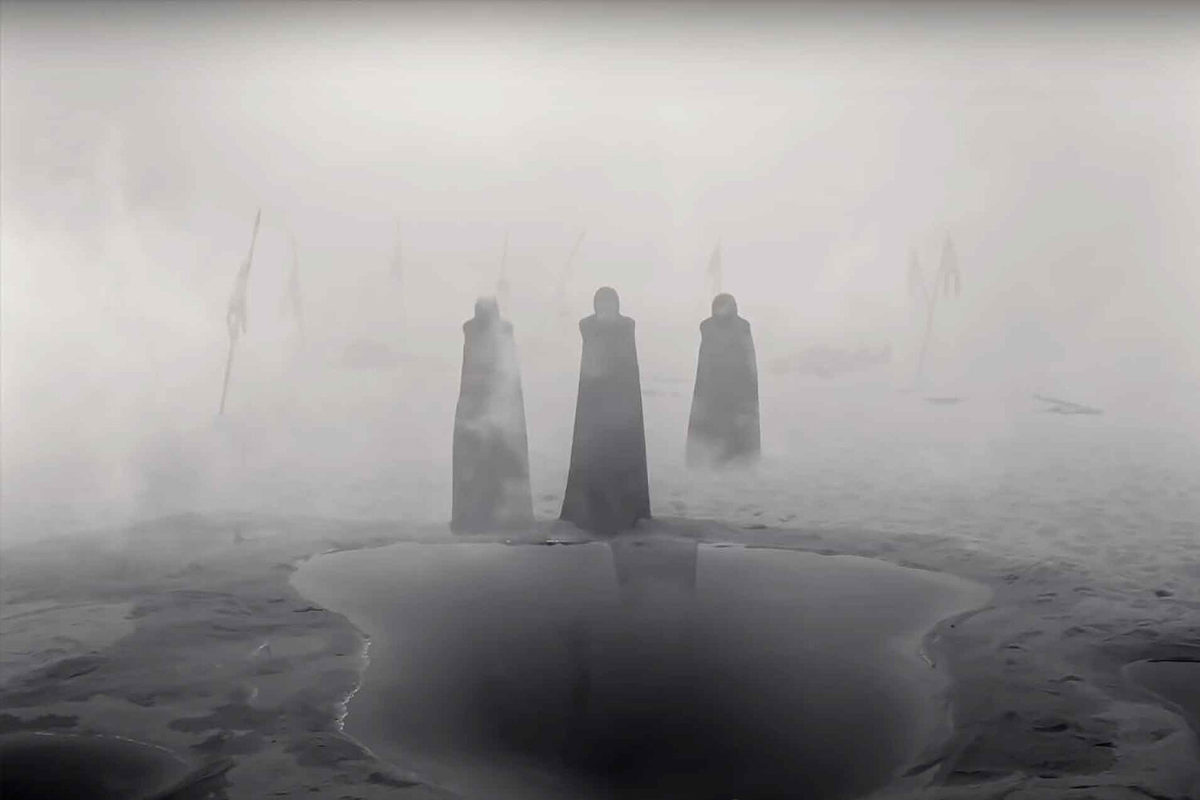
Shot by Frenchman Bruno Delbonnel, Joel Coen’s The Tragedy of Macbeth finds meaning in scarcity—long shots of even longer corridors, wide shots of even wider rooms. Delbonnel uses the contrasting black-and-white picture to draw a dark, barren landscape, inhabited by a looming Denzel Washington and Frances McDormand. Their combined presence, along with their inner turmoil, instead fill up this nearly endless space inside this “castle,” which Delbonnel films as a towering, empty prison. And he shoots the Witches as an enigma, using an initial, haunting, reflective shot of Kathryn Hunter that’s emblematic of the film’s ability to create striking images without crowding the screen. – Michael F.
Undine (Hans Fromm)

Longtime Christian Petzold cinematographer Hans Fromm reunited with the director for Undine, bringing a fittingly fluid, icy vision to this modern interpretation of the fairytale. Excelling at evoking a certain sleek momentum with his cinematography, Fromm’s eye always seems to be in the perfect place to tell this story––whether it is plumbing mysterious depths in the underwater sequences or bringing a sense of dramatic heft to a simple reverse shot at a table. Here’s hoping their fruitful collaboration continues in the many years to come. – Jordan R.
West Side Story (Janusz Kaminski)

The culmination of the decades-long creative partnership between director Steven Spielberg and cinematographer Janusz Kaminski, West Side Story is a film that can arguably be called the peak of their collective vision. Gone are the pastel colors and static motionless camera shots from Robert Wise’s 1961 original, replaced with frenetic consistent movement emulating the legendary choreography of Jerome Robbins, and every frame suffused with striking imagery and lighting evoking an almost dreamlike version of the 1950s. Spielberg and Kaminski have created one of the most visually spectacular movie musicals in many years in their own reimagining of this timeless tale. – Margaret R.
What Do We See When We Look at the Sky? (Faraz Fesharaki)
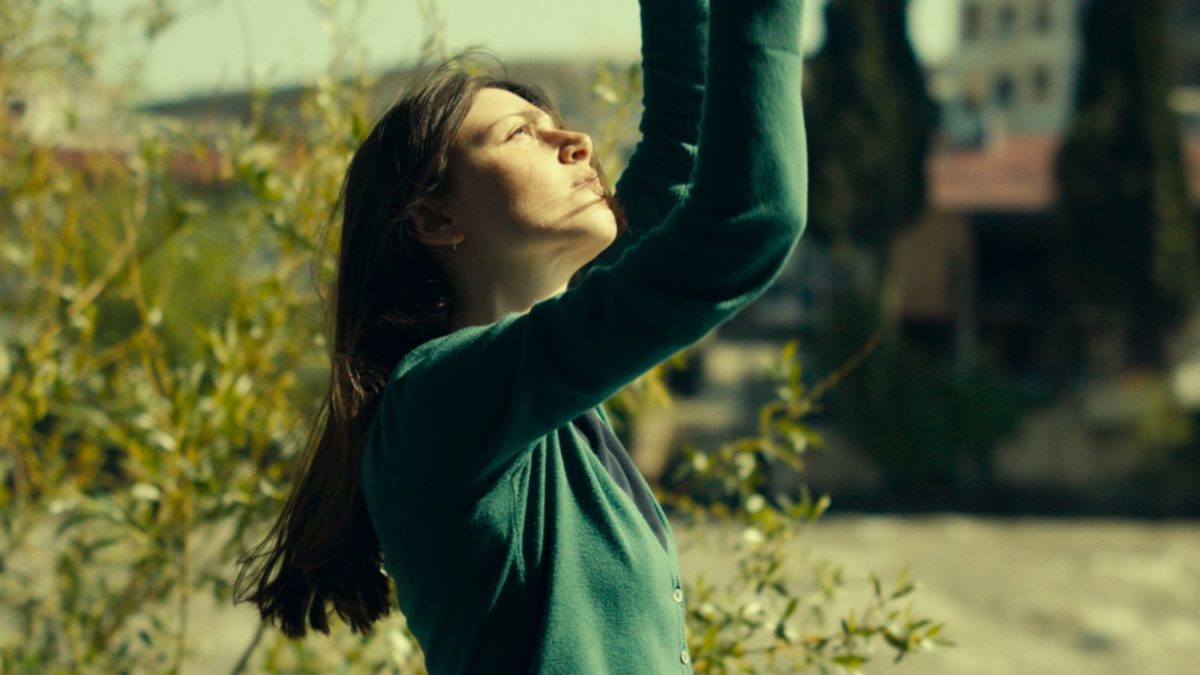
Alexandre Koberidze’s magical city symphony What Do We See When We Look at the Sky? exudes a dreamlike charm from Faraz Fesharaki’s exquisite cinematography. As we spend a summer in the Georgian city of Kutaisi, the film’s warm vision encompasses all corners of life, from an off-kilter romance to exuberant soccer matches to canine life. Fesharaki’s Bressonian eye captures even the most minute insert shots with a level of care and feeling that seems absent in most cinema nowadays. – Jordan R.
The Worst Person in the World (Kasper Tuxen)
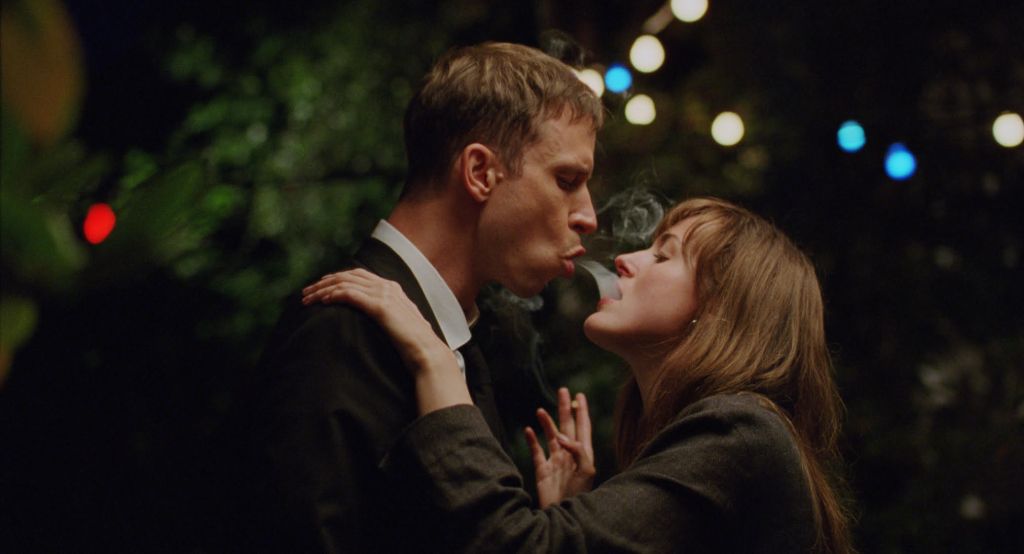
Kasper Tuxen, the Danish cinematographer for Joachim Trier’s The Worst Person in the World, works mostly in music videos and shorts, understanding a less-traditional sense of visual language. Tuxen finds quality without uniformity, using the story’s chapters as an opportunity to mix and match style. He employs the use of time-freezing, slow motion, and a hallucinogenic sequence with spotlight, stage-like qualities. The film thrives when Tuxen plays with the form, often brightly lit and emphasizing the ethereality of each passing moment. He only averts his gaze from star Renate Reinsve in a single sequence, firmly placing her into the center of the frame and thus, the center of the world. – Michael F.
Zeros and Ones (Sean Price Williams)
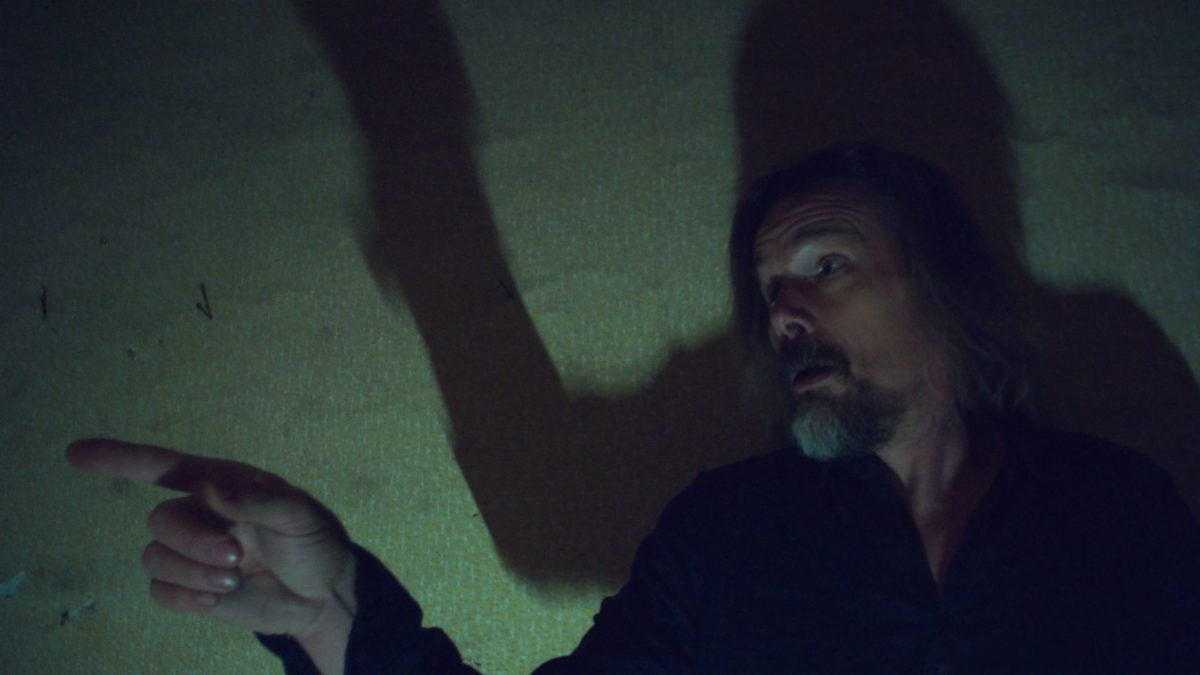
Take it as a compliment—at every moment of the 80-minute runtime did I think my new LG OLED television was completely fucked. “Nocturnal” doesn’t begin to cover the darkness permeating nearly every image of Zeros and Ones, which correctly casts our pandemic year as a series of clandestine meet-ups, too-bright phone screens, and empty streets that make you feel like the last man on earth. 16mm maven Sean Price Williams converts splendidly to digital by, I guess, doing what you’re not supposed to, or what few feature films have done since INLAND EMPIRE: it’s the freedoms of modern filmmaking as waking nightmare. – Nick N.
Honorable Mentions
- Azor (Gabriel Sandru)
- Beginning (Arseni Khachaturan)
- C’mon C’Mon (Robbie Ryan)
- The Disciple (Michal Sobociński)
- Drive My Car (Hidetoshi Shinomiya)
- The Dry (Stefan Duscio)
- The Green Knight (Andrew Droz Palermo)
- Isabella (Fernando Lockett)
- The Killing of Two Lovers (Oscar Ignacio Jimenez)
- Nightmare Alley (Dan Laustsen)
- Parallel Mothers (José Luis Alcaine)
- Petite Maman (Claire Mathon)
- El Planeta (Carlos Rigo)
- Procession (Robert Kolodny)
- Ste. Anne (Rhayne Vermette)
- Zola (Ari Wegner)
